
Dilwara Jain Temple
Dilwara Jain temples in Mount Abu (Rajasthan) enshrine various Jain 'Tirthankaras'. Constructed out of white marble from Arasoori Hill, near Ambaji, 23 km from Abu Road, the temples are an outstanding example of Jain temple architecture.
Of the five shrines in this group, four are architecturally significant. They are built with white marble stones. Each has a walled courtyard. In the centre of the courtyard is the shrine with the image of the deity, Rishabhdev. Around the large courtyard, there are numerous small shrines, each housing a beautiful image of the tirthankaras with a series of elegantly carved pillars from the entrance to the courtyard. The ministers of the Solanki rulers of Gujarat had constructed all these temples during 11th and 13th centuries A.D.
Vimal Vasahi is the oldest temple, which has been dedicated to Adinath, the first Jain tirthankara. Vimal Shah, minister of the then Solanki ruler of Gujarat, built it in the year 1031 A.D. The special feature of this temple is it's ceiling which is circular in eleven richly carved concentric rings. The central ceiling of the temple is adorned with magnificent carving and it culminates into an ornamented central pendant. The pendant of the dome tapers down forming a drop or point, like a lotus flower. This is an astonishing piece of work. It symbolizes the divine grace coming down to fulfill human aspirations. Figures of 16 Vidya Devis (goddesses of knowledge) are carved on the ceiling.
The other Dilwara temples are the Luna Vasahi, Vastupala and Tejapala, named after the ministers of the then Vaghela ruler of Gujarat who built them in 1230 A.D. Inspite of being plain and austere on the outside, the interiors of all these temples are covered with delicate carvings. Its most notable feature is that the brilliant intricacy and delicacy of the marble carving is so fine that in places the marble becomes almost transparent.
Dilwara temples are one of the best examples of craftsmanship, the genius of carving out so brilliant and intricate a shape out of a block of stone, such that it almost comes to life! The temple is a tourist's paradise and a meditative sanctum for the devotees.
History of Dilwara Jain Temple
Built in between the 11th and 13th centuries AD by Chalukya dynasty, Dilwara Jain temples are simple and general looks from outside but its extravagant doors of entrance tell about its architectural superiority.It is surrounded by green hills and temple complex by high walls. All of its ceilings, doorways, pillars and panels has minutely carved ornamental details which show its architectural uniqueness. It is also important to notice that at that time there was no convenience to transport such big blocks of marble at a 1200 metres height. Elephants were used to transports marble on their back from Arasoori hills at Ambaji to Mount Abu.
Religious Sites in Rajasthan
-
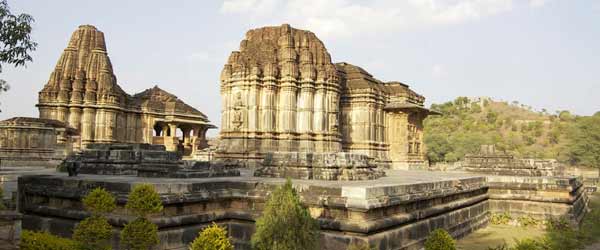
Eklingji Temple
-
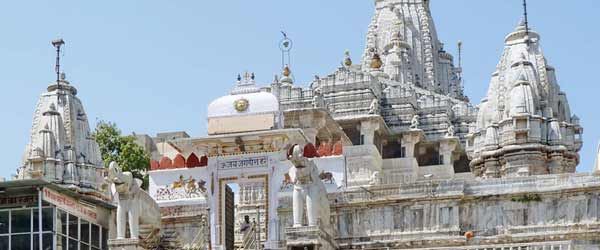
Jagdish Temple
-

Salasar Balaji Temple
-
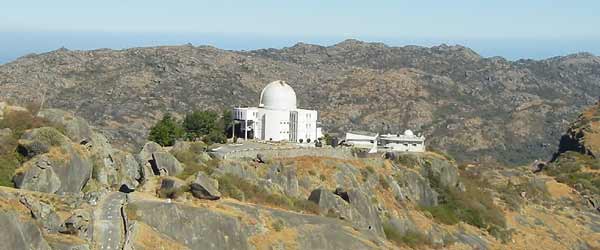
Guru Shikhar
-

Khatu Shyamji Temple
-
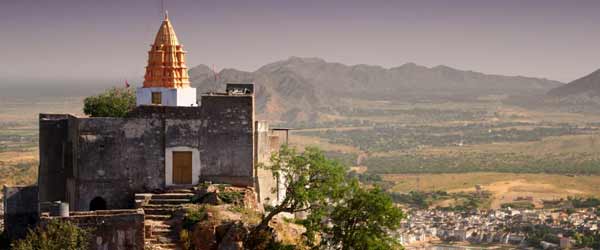
Savitri Temple
-
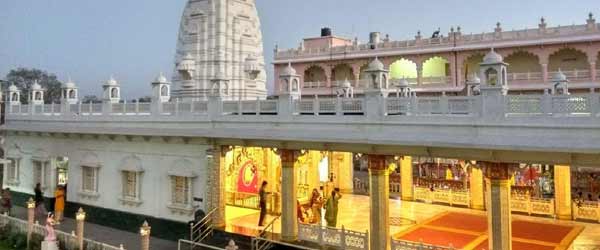
Rani Sati Temple
-
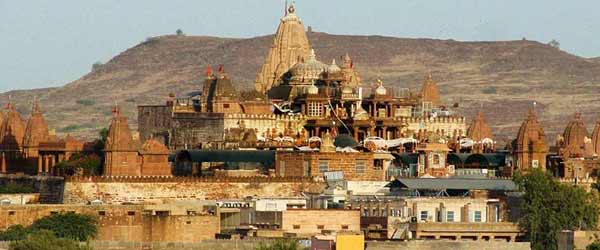
Sachiya Mata Temple
-
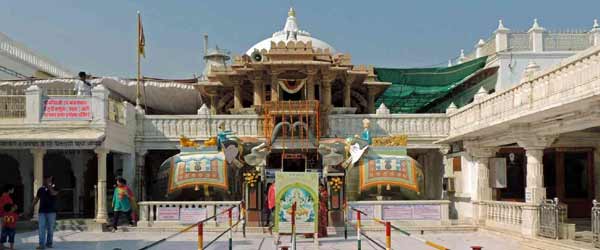
Shri Nakoda Jain Temple
-
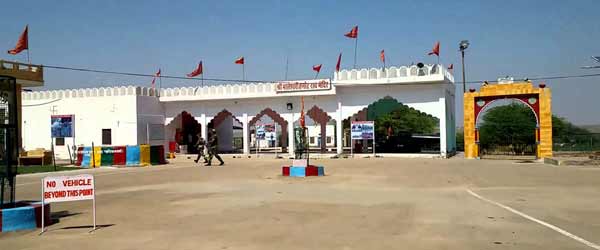
Tanot Mata Temple
-
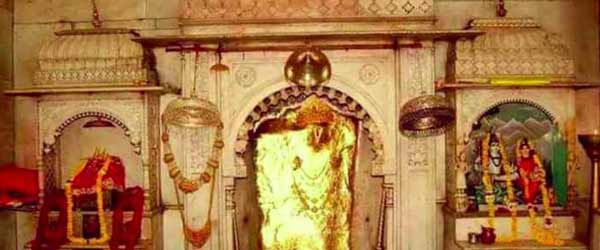
Mehandipur Balaji Temple
-
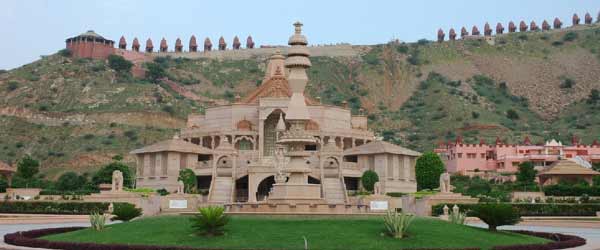
Nareli Jain Temple
-

Shri Mahavirji Jain Temple
-
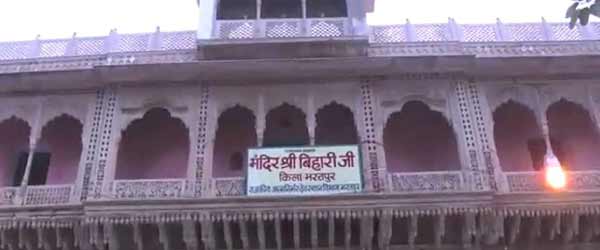
Banke Bihari Temple
-
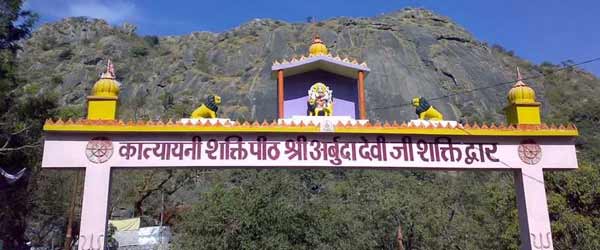
Adhar Devi Temple
-
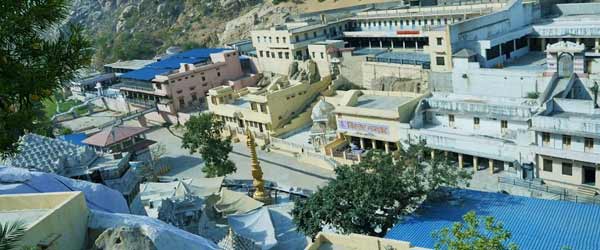
Sundha Mata Temple
-
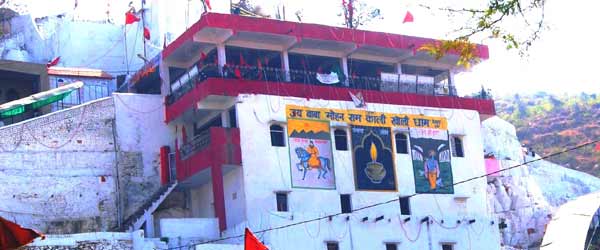
Baba Mohan Ram Temple
-
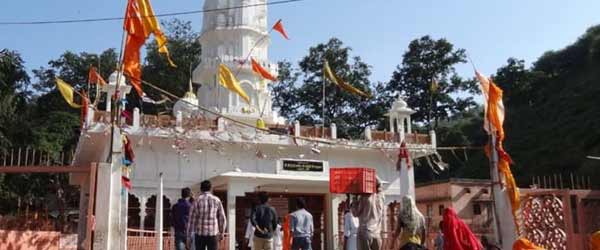
Bhartrihari Temple Alwar
-
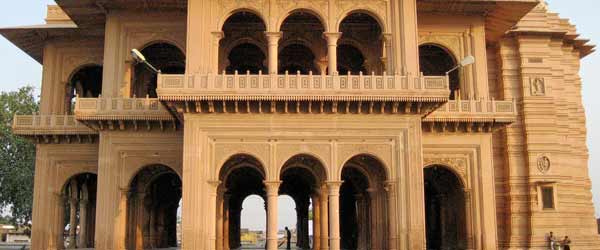
Laxman Mandir Bharatpur
-
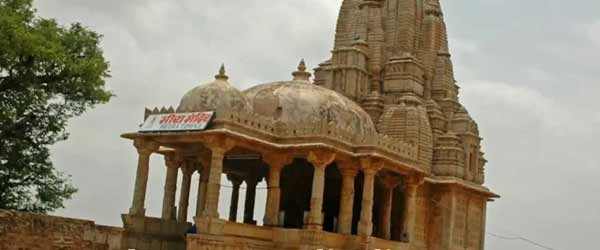
Meera Bai Temple
-
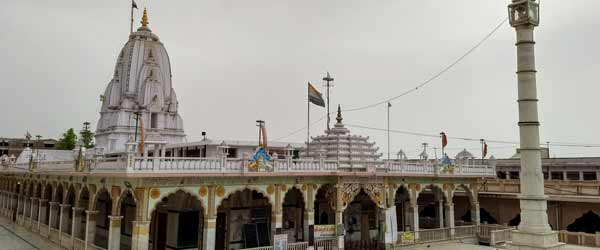
Tijara Jain Temple Alwar
-
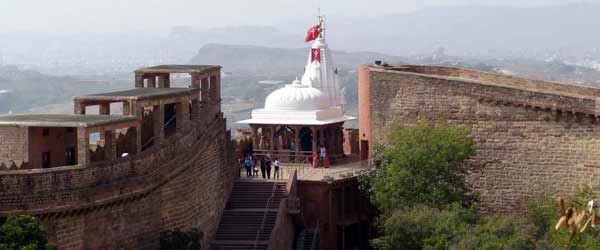
Chamunda Mataji Temple
-
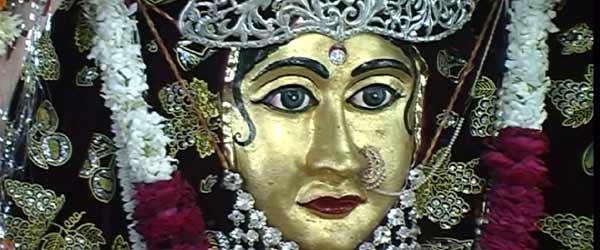
Santoshi Mata Temple
-
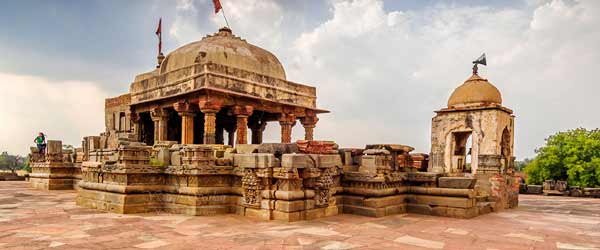
Harshat Mata Temple
-
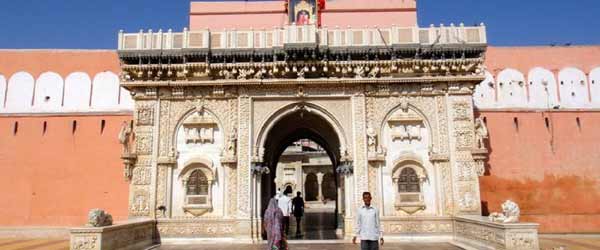
Karni Mata Temple
-
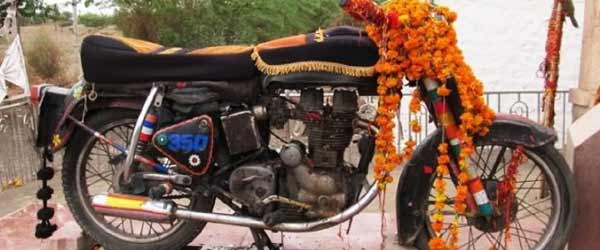
Bullet Baba Temple
-
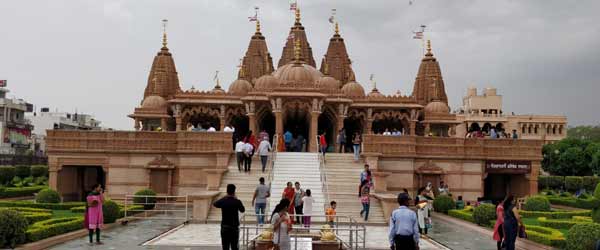
Akshardham Temple Jaipur
-
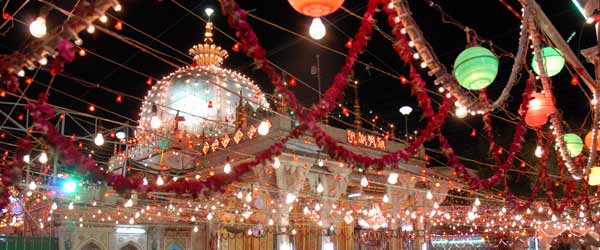
Ajmer Sharif dargah
-
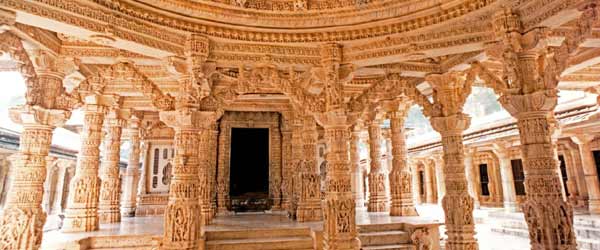
Dilwara Temple
-
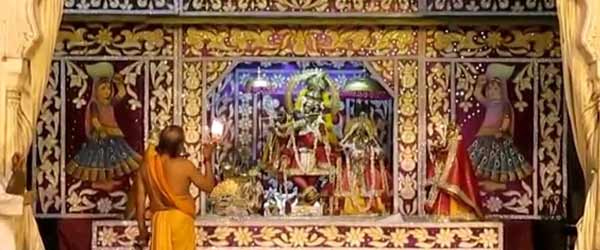
Govind Devji Temple
-
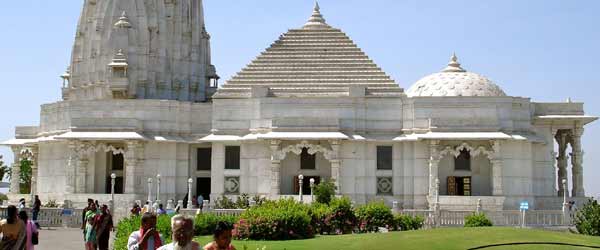
Birla Mandir
-
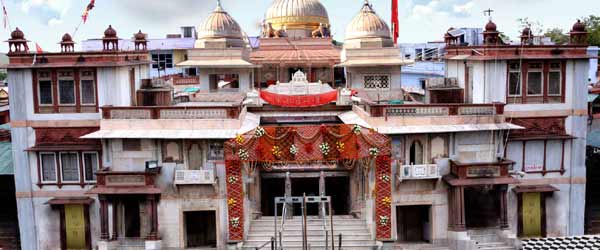
Kaila Devi
-
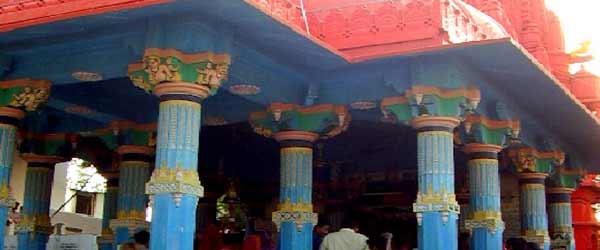
Brahma Temple
-

Ranakpur Jain Temple
-
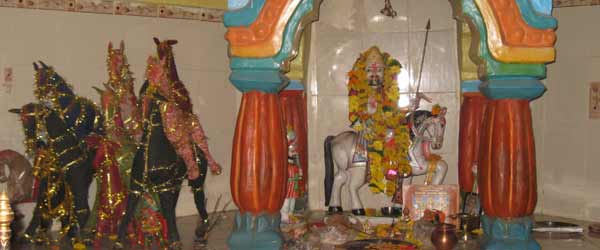
Sri Ramdevji Temple
-

Deshnok Temple
-
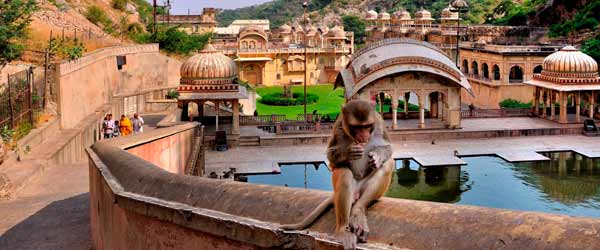
Galtaji Temple
-
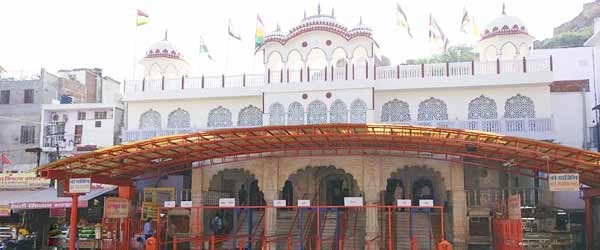
Moti Doongri Temple
-
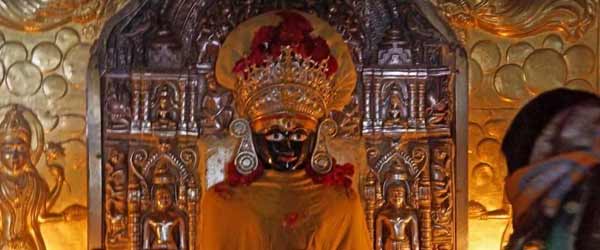
Parshvanath Temple Nakoda
-
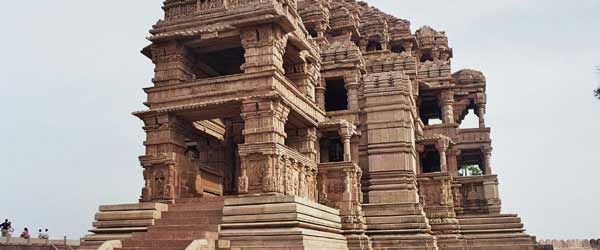
Sahastra Bahu Temple
-
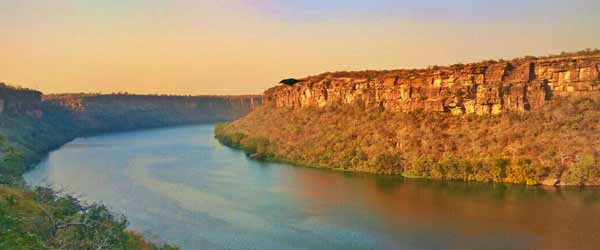
Garadia Mahadev Temple
-
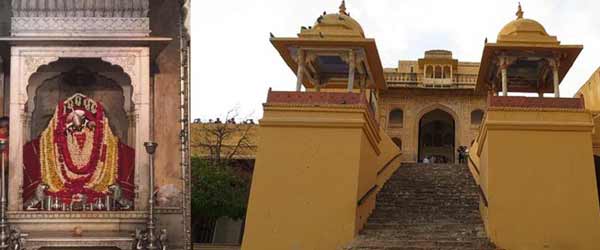
Shila Devi Temple, Jaipur
-
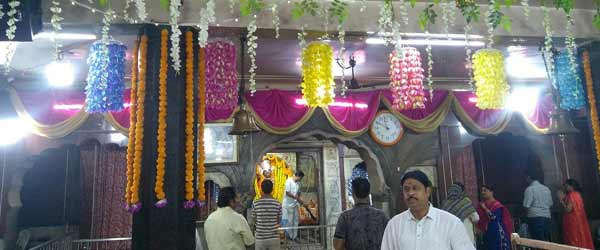
Kale Hanuman Ji Temple
-
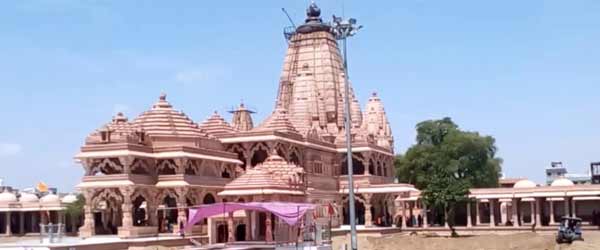
Sanwaliya Seth Temple
-
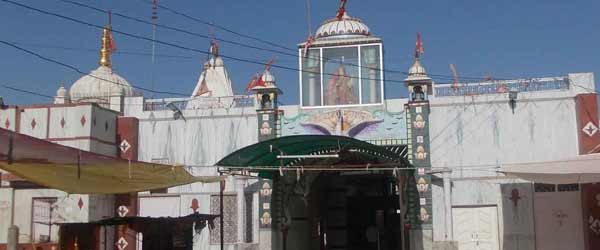
Brahmani Mata Temple
-

Jeen Mata temple
-
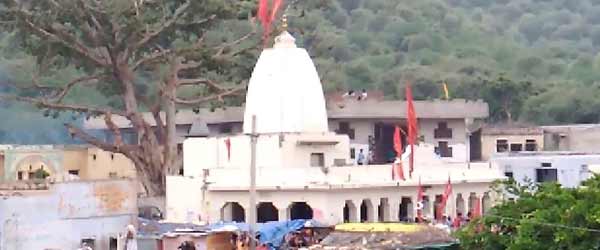
Narayani Mata Temple
-
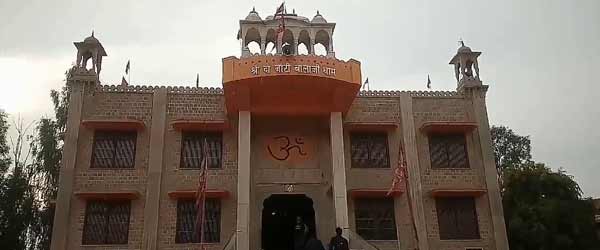
Shri Do Janti Balaji Dham
-
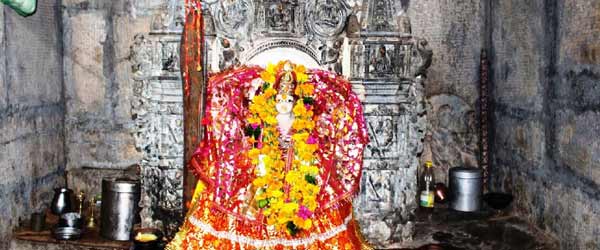
Ambika Mata Temple
-

Avari Mata Temple
-
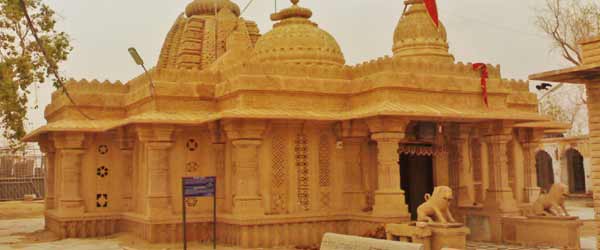
Dadhimati Mata Temple
-

Jajwala Mata Temple
-
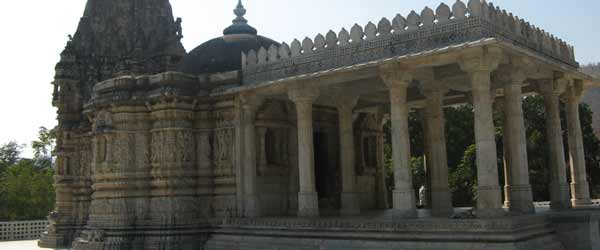
Surya Narayan Temple
-
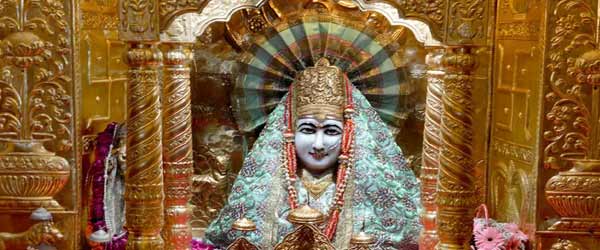
Mansa Mata Mandir
-
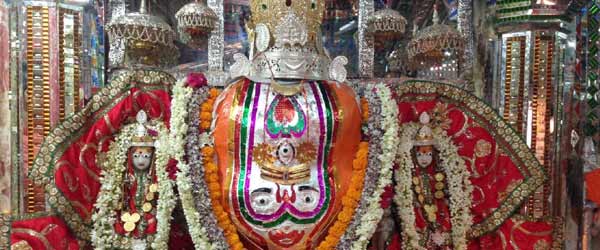
Trinetra Ganesh Temple
-
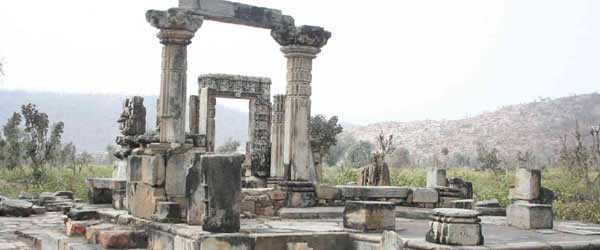
Neelkanth Temple, Alwar
-
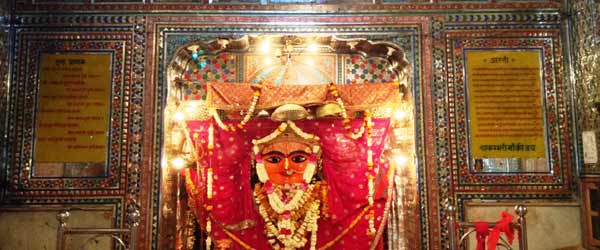
Shakambari Mata Mandir
-
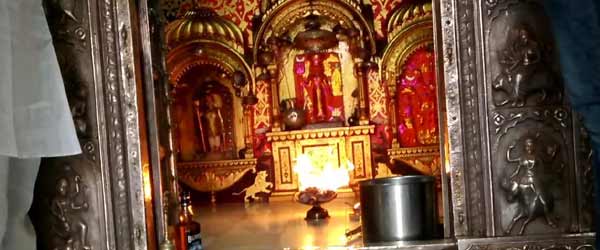
khurad mataji mandir
-
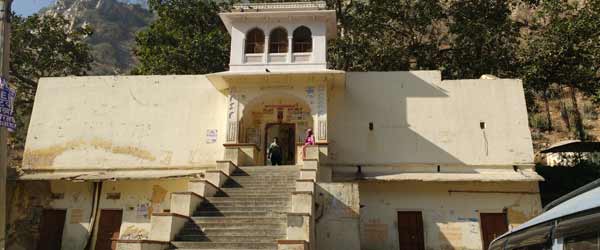
Jamway Mata Temple
-

Ban Mata Temple
-
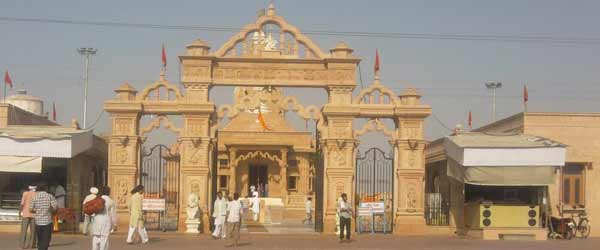
Ichchha Puran Balaji Mandir
-
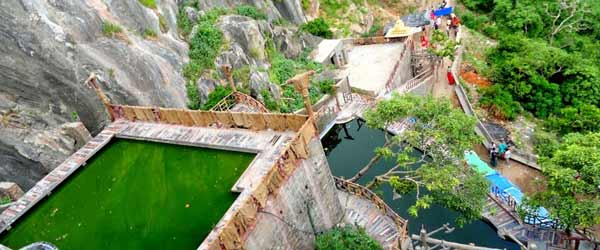
Parshuram Mahadev Temple
-
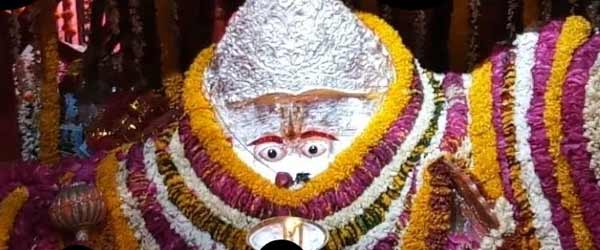
Pandupol Hanuman Ji Mandir
-
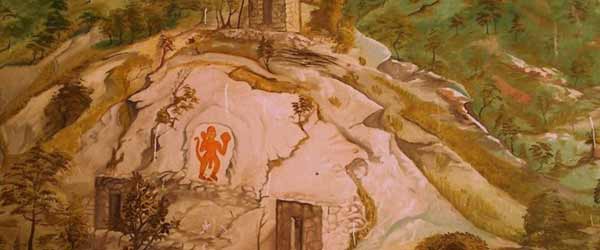
Khole Ke Hanuman JI Temple
 +91 9549279999
+91 9549279999 
